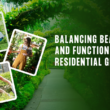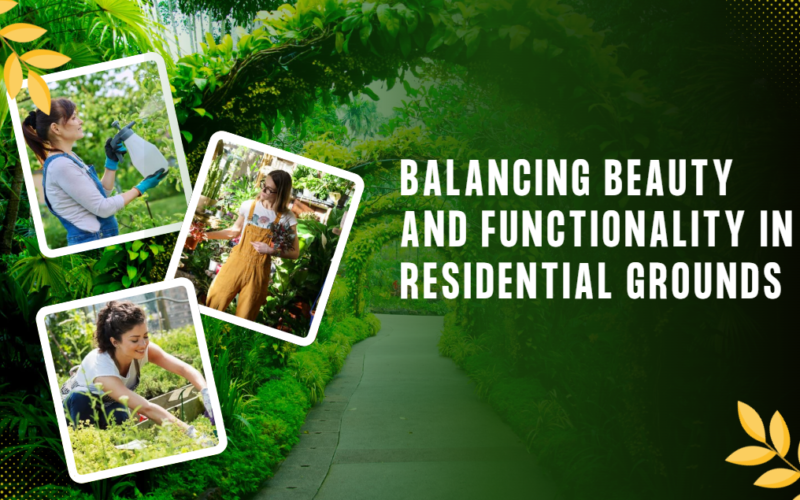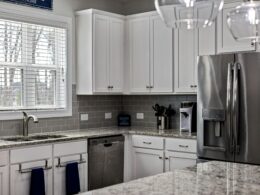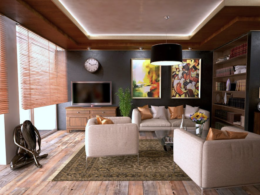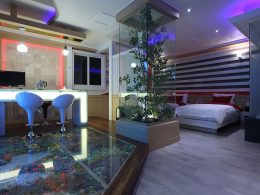The art of creating an appealing yet practical residential landscape is a pursuit that marries both aesthetic sensibilities and utilitarian needs. Balancing beauty and functionality in residential grounds is not merely about planting flowers and maintaining a lush lawn; it involves a comprehensive approach that considers design, sustainability, and lifestyle requirements.
The Aesthetic Aspect
When considering the aesthetic aspect of residential grounds, homeowners often envision vibrant gardens, elegant water features, and meticulously maintained lawns. These visual elements contribute to the overall curb appeal of a property and provide a sense of personal satisfaction and pride. A well-designed landscape can enhance the architectural features of a home, create a sense of harmony with the surroundings, and reflect the personal style of its inhabitants.
However, achieving such beauty requires careful planning and execution. Selecting the right plants, for instance, involves understanding the local climate, soil conditions, and the amount of sunlight the area receives. Additionally, integrating elements like pathways, lighting, and decorative structures can enhance the visual appeal while offering practical benefits.
Functionality: More Than Meets the Eye
Functionality is a critical aspect of residential grounds that is often overlooked in favor of aesthetic pursuits. A functional landscape is one that accommodates the daily activities and needs of its users. This includes creating spaces for recreation, gardening, socializing, and even quiet contemplation.
For example, a family with children may prioritize a safe play area, while those who enjoy outdoor entertaining might focus on a spacious patio with ample seating. Additionally, functionality can extend to environmental considerations, such as incorporating drought-resistant plants and efficient irrigation systems to conserve water.
Integrating Beauty and Functionality
The challenge lies in merging beauty with functionality without compromising either. This integration starts with a solid plan that takes into account the existing landscape, the homeowner’s needs, and the desired aesthetic outcome. Consulting with a professional landscape designer can provide valuable insights and ensure that both elements are given equal attention.
Moreover, maintenance plays a crucial role in sustaining the balance between beauty and functionality. Regular upkeep, such as pruning, fertilizing, and pest control, is essential to preserve the health and appearance of the landscape. For those seeking professional assistance, local services like Lawn Care near me can provide expert care tailored to the specific needs of the property.
The Environmental Impact
In the quest for a balanced landscape, environmental sustainability should not be overlooked. Incorporating eco-friendly practices not only benefits the environment but can also enhance the functionality and beauty of residential grounds. This includes using native plants, which require less water and maintenance, and adopting organic gardening practices to reduce chemical usage.
Additionally, creating habitats for local wildlife, such as birdhouses or butterfly gardens, can add an element of natural beauty and contribute to biodiversity. Implementing green infrastructure, like rain gardens or permeable pavements, can further enhance the ecological footprint of the landscape.
Conclusion
Balancing beauty and functionality in residential grounds is a dynamic and rewarding endeavor. By thoughtfully integrating aesthetic elements with practical considerations, homeowners can create landscapes that are not only visually stunning but also serve their everyday needs and respect the environment. With careful planning, ongoing maintenance, and a commitment to sustainability, achieving this balance is within reach for any homeowner.



